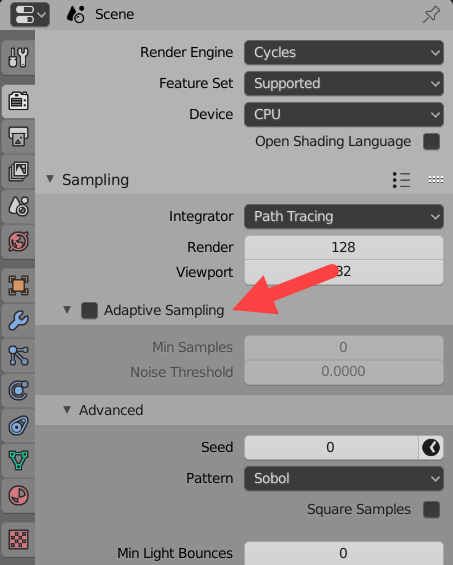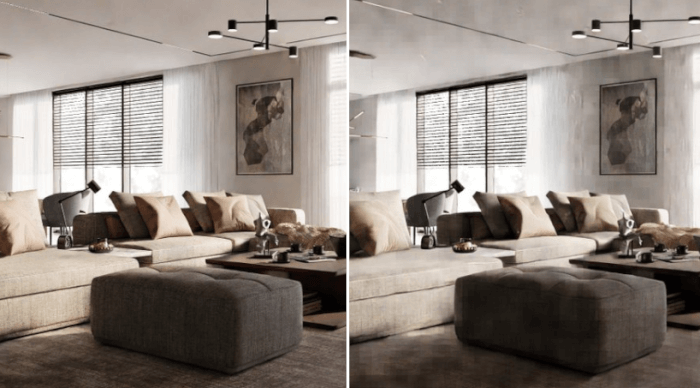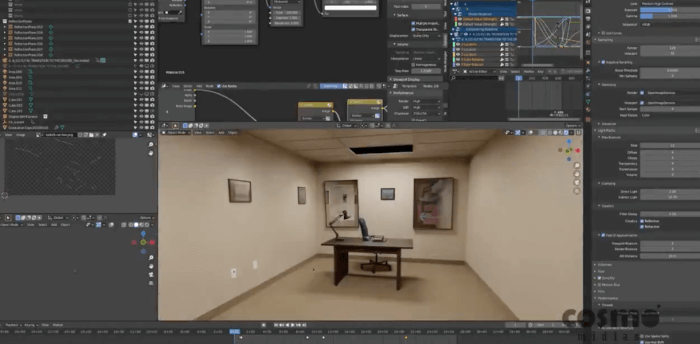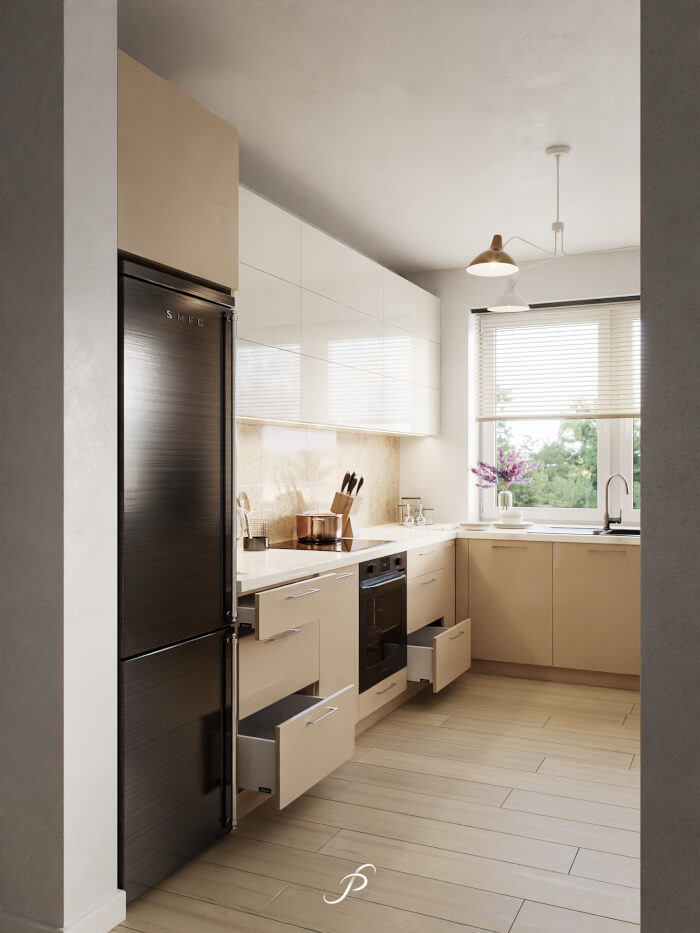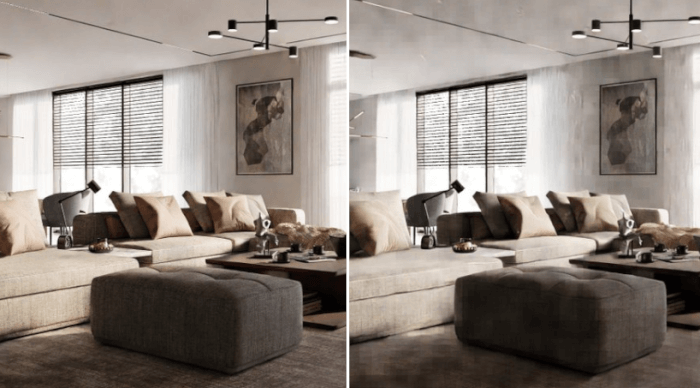
When you start any rendering with Blender Cycles for architecture it is imperative to set the value of your sampling limit. That limit will have a direct impact on several aspects of the render like image noise, render times, and more. Once the sampling limit is set it will impact all of your renders.
For some projects, it might be a waste of processing time to use the same amount of sampling for all parts. It is inevitable to have certain parts of a render requiring more samples than others. In some external renders, there is a setting called Adaptive Sampling that makes distributing of samples across a render a dynamic process.
It can drive more samples to parts of a render generating a lot of noise like transparent surfaces and glossy materials. Until Blender 2.82a we didn’t have anything like that with Blender Cycles. But, it is about to change with the upcoming Blender 2.83.
A recent update in Blender 2.83 alpha added the Adaptive Sampling option for rendering.
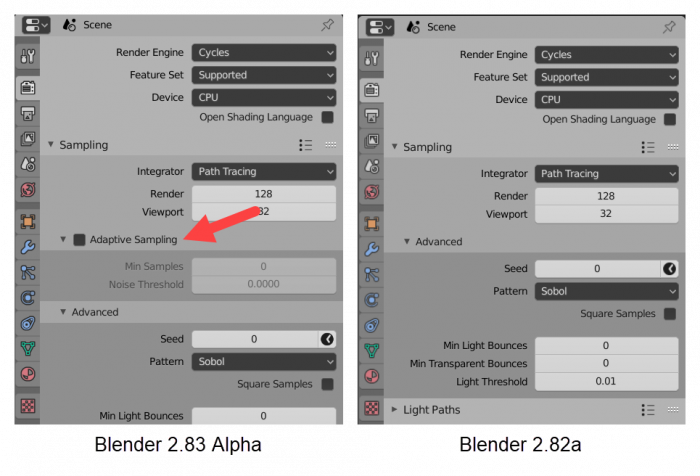
That simple setting can make a huge difference in architectural visualization projects because it has the potential to allow us to use fewer samples for complex scenes.
With no Adaptive Sampling, you would have to increase the overall samples count for an entire image to get a noise-free render, even if the problem is in a small area of your render. As a result, you need more time to render a project because of a few problematic spots.
Having Adaptive Sampling is a great help to get noise-free images with a smart distribution of processing for each render.
How to test it? If you want to get Blender 2.83 alpha to play around with Adaptive Sampling you can download it from this link. The expected release date for Blender 2.83 is somewhere around May (2020).
Using Blender for architecture
Do you want to use Blender for architecture or render your projects using Cycles or Eevee? We have three books available that could help you!
They cover the use of Blender for producing architectural content and also all information you need to render projects in real-time:
- Blender 2.9 for architecture: Modeling and rendering with Eevee and Cycles
- Blender 2.8 parametric modeling: Drivers, Custom Properties, and Shape Keys for 3D modeling
- Blender 3.0: The beginner's guide
- Blender 2.8 for technical drawing
- Blender Eevee: The guide to real-time rendering with Blender 2.8
You can get them in both digital and paperback formats. By ordering those books, you will not only improve your skills with Blender for architecture but also support Blender 3D Architect.

